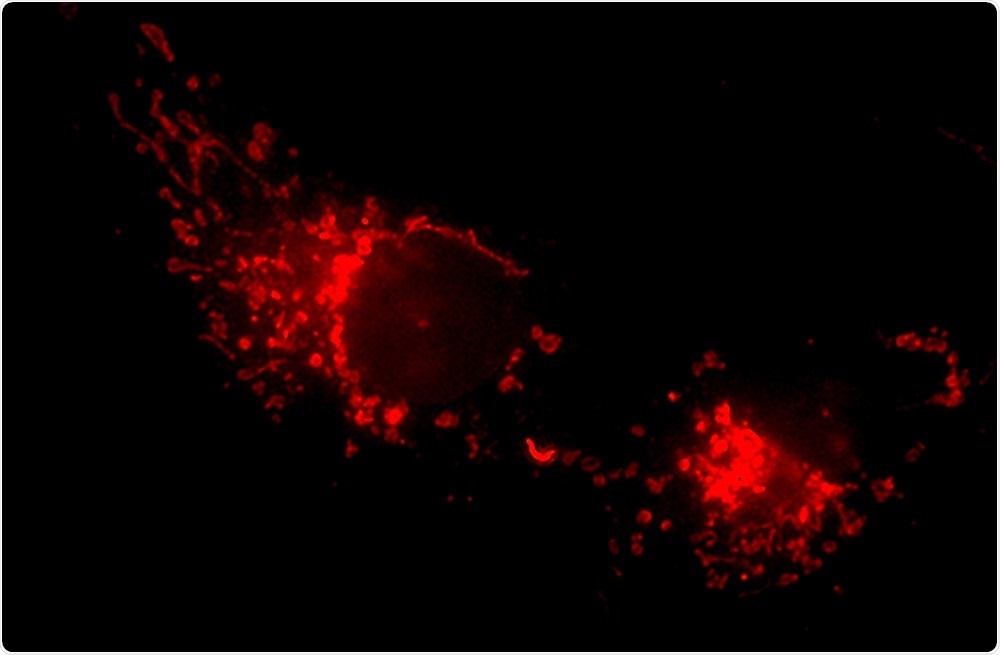
Cells form cage-like structures that trap viruses, find scientists
A study conducted at the Francis Crick Institute in London has shown that cells can form cage-like structures around viruses to trap them and prevent them from spreading to nearby cells.
 Image Credit: Andre Nantel / Shutterstock
Image Credit: Andre Nantel / ShutterstockAs reported in the Journal of Cell Biology, the research showed that the vaccinia virus can escape this cage by recruiting proteins that dismantle it, propelling the virus out of the cell.
It is now thought that inhibiting these proteins could provide a way of stopping the virus from escaping this trap.
During infection, the vaccinia virus replicates in the host cell cytoplasm and then moves along the microtubule cytoskeleton towards the plasma membrane.
Some of the virus particles stay attached to the plasma membrane and trigger the actin cytoskeleton to assemble into “tails” that help propel the virus into nearby cells.
Unlike microtubules and actin, one family of cytoskeletal proteins referred to as septins appear to suppress the vaccinia virus, but, until now, it has been unclear how they achieve this.
The team found that septins assemble around the vaccinia particles soon after they reach the plasma membrane and form a cage that inhibits release of the virus and inhibits formation of the actin tails that help the virus move towards adjacent cells.
They also found that the virus can escape this trap by recruiting host cell proteins. One such protein, called dynamin, works with actin assembly proteins known as formins to dismantle the septin cage by causing actin tail formation.
The team reports that inhibiting dynamin or formins stopped the vaccinia virus particles from escaping the septin cage.























.png)











No hay comentarios:
Publicar un comentario